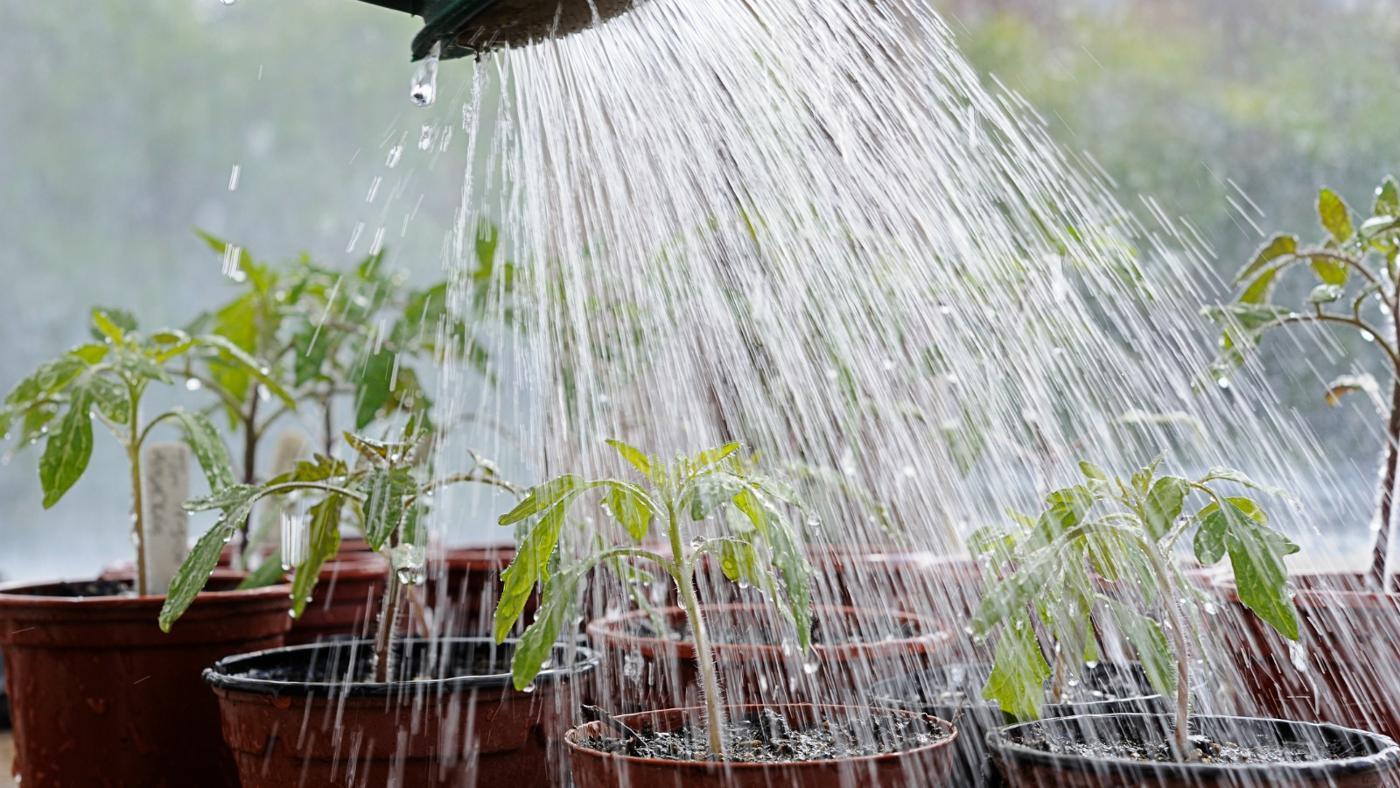Extreme heat can make plants stop growing even if they are well watered. In the summer, fruits can also refuse to grow because the high temperatures tend to kill pollen. Here are some tips that will help you to garden in hot weather:

Focus on heat-loving plants
Which vegetables were bred for the desert? These will do very well during the hot summer. You should plant melons, eggplant, cowpeas, or lima beans. Okra, sweet potatoes, and southern peas do very well in high heat. However, even these plants usually drop their blossoms and do not set fruit when temperatures exceed 90 degrees. You need to look for varieties that can continue fruiting in extreme heat.
Keep plants watered
Whatever you do, make sure that you water plants deeply. Water them at a minimum of 6 inches down twice a week for sandy soils and once a week for clay soils. Instead of guessing, use a trowel to dig down and check the moisture level. In time, you will learn how to maintain good moisture levels. During periods of very high heat, your garden needs twice as much water. When it is very windy, the water demand also goes up. In between watering sessions, ensure that the soil does not dry out.
Give the plants some shade
Providing some shade for your plants can reduce the temperatures by up to 10 degrees. Cover your garden with latticework supported on a frame, shade cloth, or snow fence. The shade producing materials need to be secured against high winds. Moreover, you need to place them high enough that the plants get good ventilation. Gardeners in extremely hot countries usually provide 30 to 40 percent shade. Another way to provide shade is by putting your garden on the east side of a building: it will receive shade from the harsh afternoon sun.
Maintain a good level of organic matter
Gardens with healthy levels of organic matter can help the soil to retain more water. Make sure that the soil is covered in 5-9 percent organic matter. Additionally, soil with beneficial organisms usually helps the plants to tolerate drought better.
Pre-soak seeds
If you want to plant seeds, make sure that you pre-soak them for 24 hours before you plant them outdoors. Keep watering the seedbed daily until they germinate. For smaller seeds, create planting holes and fill them with water before placing them inside. Cover the holes with potting soil or compost, which does not crust over in heat. Water the seeds and keep them shaded until they germinate. Sprinkle some dried lawn cuttings on the seedbed to retain moisture and provide shade. Make the layer thin so that it does not hinder the seeds from emerging.
Do not surround the garden with concrete paths
Concrete, brick, and stone paths absorb heat and keep releasing it long after the sun sets. This means that your garden will be exposed to heat for much longer. Avoid placing your garden on the west or south sides of a building, as it will be hotter. To cool down your garden, use organic mulch or lawn grass.
If possible, avoid using tall garden beds
A raised, tall bed will warm up faster and dry out a lot quicker. Soil is usually cooler and wetter lower in the ground.
Therefore, in extremely hot climates, you should improve the soil deep down instead of using raised beds.

Leave a Reply